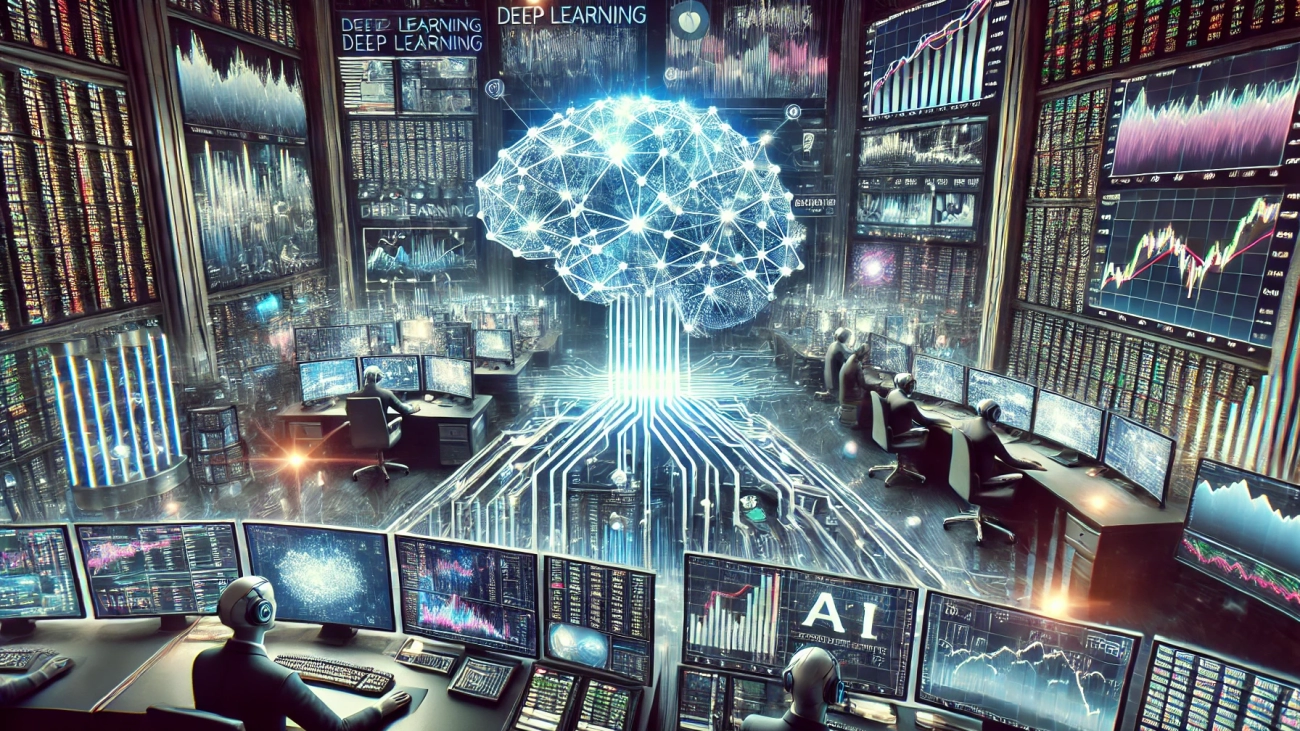Deep learning models play a significant role in predicting market movements for algorithmic trading by leveraging their ability to analyze complex patterns in large datasets. Here’s an in-depth look at how these models contribute to market predictions:
Key Functions of Deep Learning Models in Market Prediction
1. Handling Complex Data
Deep learning models, particularly those based on neural networks, excel at processing vast amounts of unstructured and structured data. They can analyze various inputs such as historical price data, trading volumes, economic indicators, and even textual data from news articles or social media. This capability allows for a comprehensive understanding of market dynamics, which is essential for accurate predictions.
2. Time Series Forecasting
Deep learning architectures like Long Short-Term Memory (LSTM) networks are specifically designed for time series forecasting. LSTMs can learn from sequences of data over time, making them well-suited for predicting stock prices and market trends based on historical patterns. Their ability to retain information over long periods helps capture temporal dependencies that traditional models might miss.[1][3]
3. Feature Extraction
Deep learning models automatically extract relevant features from raw data, reducing the need for manual feature engineering. This is particularly beneficial in financial markets where the relationships between variables can be complex and non-linear. By learning these features, deep learning models can improve prediction accuracy and adapt to changing market conditions more effectively.[2][3]
4. Sentiment Analysis
Incorporating sentiment analysis into market predictions is becoming increasingly popular. Deep learning models can process textual data from news articles, financial reports, and social media to gauge market sentiment. This additional layer of analysis can provide insights into how public perception may influence market movements, allowing traders to make more informed decisions.[3]
5. Real-Time Predictions
The capability of deep learning models to analyze data in real-time enables traders to make quick decisions based on the most current information. This is crucial in algorithmic trading, where milliseconds can make a significant difference in profitability. By continuously learning from new data, these models can adapt their strategies dynamically as market conditions evolve.[2][5]
6. Risk Management
Deep learning models can also be employed to assess and manage risk in trading strategies. By predicting potential market downturns or volatility, these models can help traders adjust their positions or implement stop-loss orders to minimize losses. This proactive approach is essential for maintaining profitability in the highly volatile financial markets.[1][4]
7. Back testing and Strategy Optimization
Deep learning models can be integrated into backtesting frameworks to evaluate the performance of trading strategies against historical data. This allows traders to refine their algorithms and improve their predictive capabilities before deploying them in live trading environments. The iterative learning process helps in optimizing strategies for better performance over time.[2][5]
Conclusion
In summary, deep learning models significantly enhance the predictive capabilities of algorithmic trading by effectively handling complex data, performing time series forecasting, automating feature extraction, and incorporating sentiment analysis. Their ability to provide real-time predictions and manage risk positions them as powerful tools in the financial markets. As technology continues to evolve, the integration of deep learning in trading strategies is likely to become even more sophisticated, further transforming the landscape of algorithmic trading.
References:
- https://www.mdpi.com/2227-7072/11/3/94
- https://www.sciencedirect.com/science/article/abs/pii/S0952197623018018
- https://www.nature.com/articles/s41599-024-02807-x
- https://www.leewayhertz.com/ai-and-ml-in-customer-churn-prediction/
- https://www.sciencedirect.com/science/article/pii/S1877050918307828
- https://www.simplilearn.com/tutorials/machine-learning-tutorial/stock-price-prediction-using-machine-learning
- https://www.studiolabs.com/ai-in-marketing-the-future-of-personalized-customer-experiences/
- https://www.marketingaiinstitute.com/blog/ai-based-marketing-personalization

